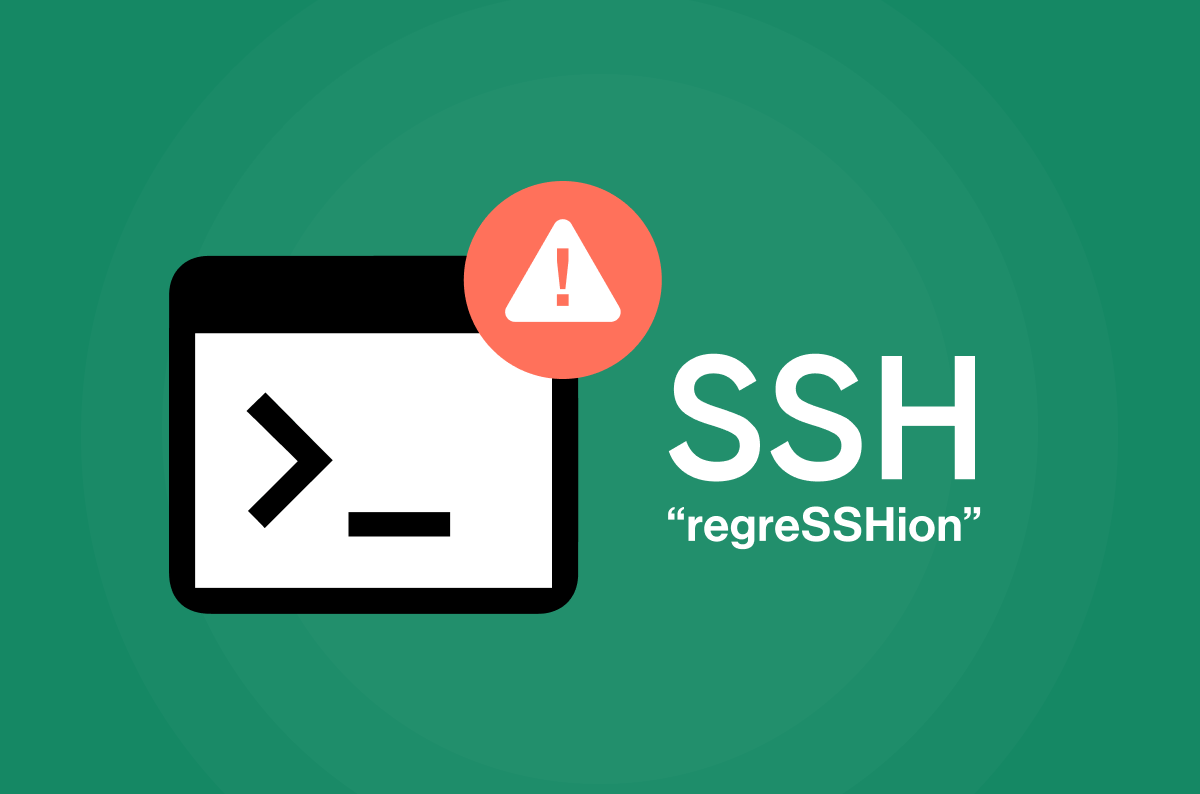Spring4Shell Might Grab Headlines, But Log4j Exploits Swamped Enterprises, Finds Cato Threat Report

Table of Contents
- 1. Majority of Exploitation Events Originated in the U.S.
- 2. Reputation-based Threats, Brute Force and Remote Code Execution Attacks Skyrocket
- 3. Attackers Are Frequently Scanning Network Hardware and Software For Initial Access
- 4. Risks Are Also Originating from Popular Consumer Apps Like Telegram and TikTok
- 5. What Can Organizations Do To Protect Themselves?
|
Listen to post:
Getting your Trinity Audio player ready...
|
Log4j is a Java-based, ubiquitous logging tool that is said to be used by nearly 13 billion devices world-wide. Late last year, in December 2021, the Apache Software Foundation announced the discovery of a software vulnerability (CVE-2021-44228 a.k.a. Log4Shell) that allows unauthenticated users to remotely execute or update software code on multiple applications via web requests. As soon as the vulnerability was announced, researchers at Cato Networks noted over 3 million attempts (in Q4 2021) aimed at exploiting this vulnerability.
Fast forward to Q1 2022 and the number of attempts to exploit this vulnerability have increased to a whopping 24 million. According to the Cato Networks SASE Threat Research Report, Log4j vulnerabilities were leveraged all across the world, including cyber-attacks on Ukrainian organizations.
Interestingly, number two on the list of the top five CVE exploit attempts was a Java vulnerability (CVE-2009-2445) that has been around for more than a decade. Threat actors made almost 900,000 attempts (double than previous quarter) to exploit this vulnerability for initial access. Above research highlights the fact that while certain zero-day vulnerabilities (like Spring4Shell or CVE-2022-22965) grabbed news headlines, it is the legacy vulnerabilities that put enterprises at the most risk.
Join one of our Cyber Security Masterclasses | Go nowMajority of Exploitation Events Originated in the U.S.
Understanding where attacks originate from or who (or where) the malware communicates to is a critical part of any organization’s threat response strategy. Attackers are aware of the fact that traffic to or from certain countries may be blocked, inspected or investigated and that’s the reason why a majority of them ensure that their command and control (C&C) infrastructure is hosted in a country that is labeled as “safe”. While the U.S. is the most favored destination (hosts 17.3 billion C&C servers), China comes second (with 2 billion C&C servers), followed by Germany (1.66 billion), UK (1.29 billion) and Japan (1 billion).
Reputation-based Threats, Brute Force and Remote Code Execution Attacks Skyrocket
After analyzing 26 billion security events across 350 billion network flows, Cato researchers noted a 33% decline in attackers attempting to perform network scans. That being said, network scans still reign as the number one threat type (10 billion plus attempts), followed by reputation-based threats (1.5 billion attempts) or security events that are triggered by inbound or outbound communications to known malicious destinations.
Reputation-based threats grew more than 100% over the previous quarter. In addition to this, the Cato Threat Hunting System also observed that crypto-mining numbers continue to climb, while brute force attacks and remote code execution attacks have nearly tripled in comparison to the previous quarter.
Attackers Are Frequently Scanning Network Hardware and Software For Initial Access
Cato carried out an analysis based on the MITRE ATT&CK framework and concluded that network-based scanning is the most frequently used attack vector to gain initial access in an enterprise environment. Active Scanning (T1595 – 6.9 billion flows), Network Discovery (T1046 – 4.1 billion flows) and Remote System Discovery (T1018 – 2.7 billion flows) are the top three techniques employed by attackers. That’s not all, once adversaries have initial access they actively search data from local systems (T1005 – 9.5 million incidents), look for valid accounts (T1078 – 6.9 million incidents) and try to brute force access if credentials are not accessible (T1110 – 6.9 million incidents).
Risks Are Also Originating from Popular Consumer Apps Like Telegram and TikTok
While many governments have raised privacy concerns around the use of TikTok and even attempted to censor its use, Cato research finds that most enterprises still continue to allow TikTok flows. In fact, use of this short form video-haring app grew by 10% over the previous quarter. In addition to this, use of the instant-messaging app Telegram more than tripled, probably due to the Ukraine-Russia crisis, and YouTube grew by 25%. Growth in such non-business, consumer apps operating on enterprise networks significantly widens the attack surface, exposing organizations and people to greater risk of being targeted with phishing and other social engineering schemes.
What Can Organizations Do To Protect Themselves?
- While security isn’t one-size-fits-all, below are some general recommendations and best practices that can help:
- Execute a detailed audit of every website, system and application on a regular basis. Prioritize critical risks and plug those loopholes proactively.
- Patch all applications regularly and ensure they are running the most up-to-date software.
- Replace security point solutions and legacy network services with a solution that is more converged (or holistic) like SASE. A convergence of networking and security provides unique visibility into network usage, hostile network scans, exploitation attempts and malware communication to C&C servers.
- When organizations encounter zero-day vulnerabilities like Log4j, they must immediately implement virtual patching so that security teams can neutralize the threat and buy additional time till they are able to apply necessary and permanent fixes.
- Train staff regularly so they do not fall prey to phishing and social engineering scams.
- Try and restrict use of consumer applications (e.g., TikTok, Telegram) in enterprise environments as this can significantly minimize risk and lower possibility of infectious lateral movement.
- Be vigilant, have reporting and monitoring processes in place and be on guard for any changes in the attack surface.
Follow the link to get the full Q122 Cato Networks SASE Threat Research Report.















